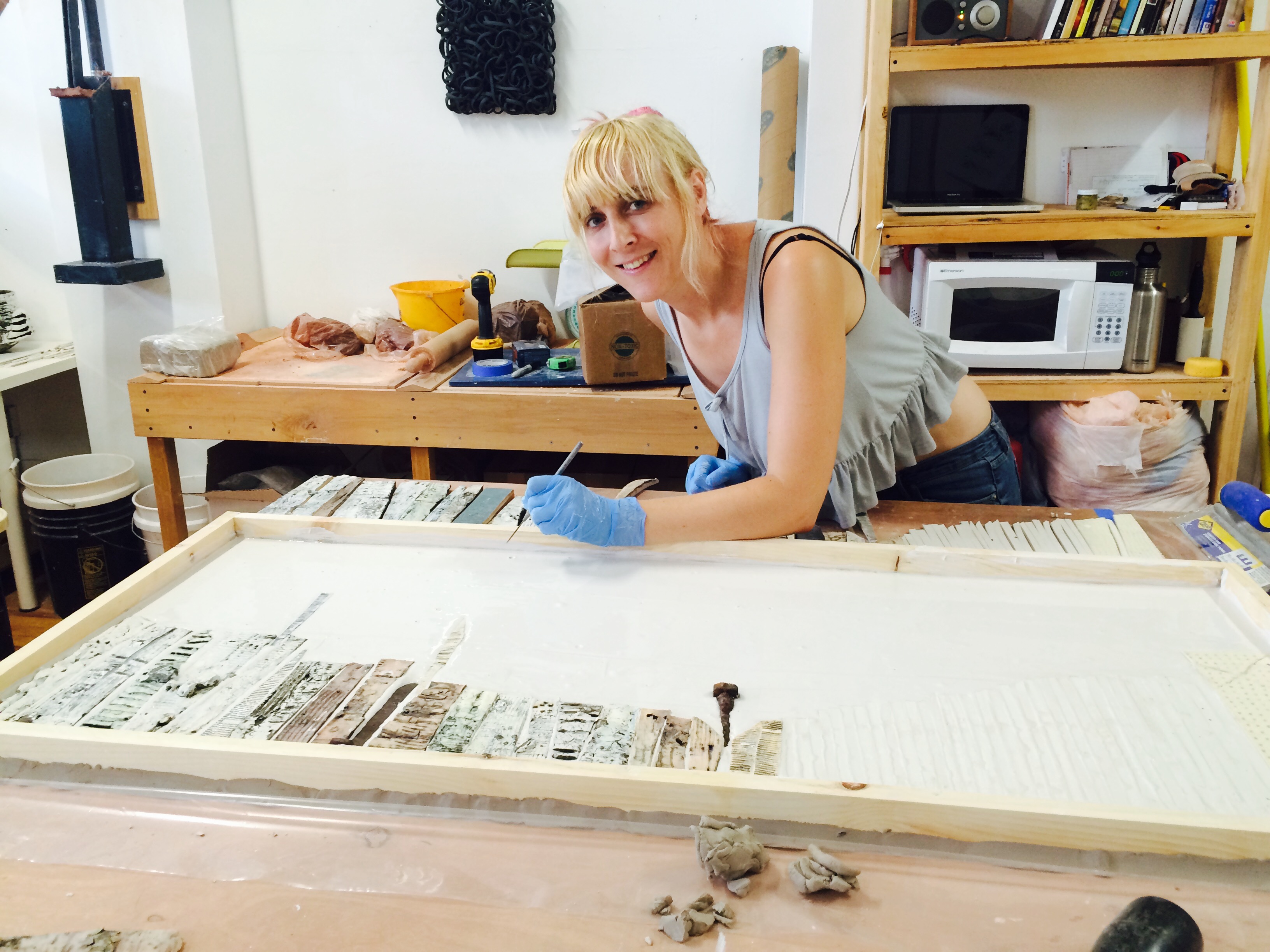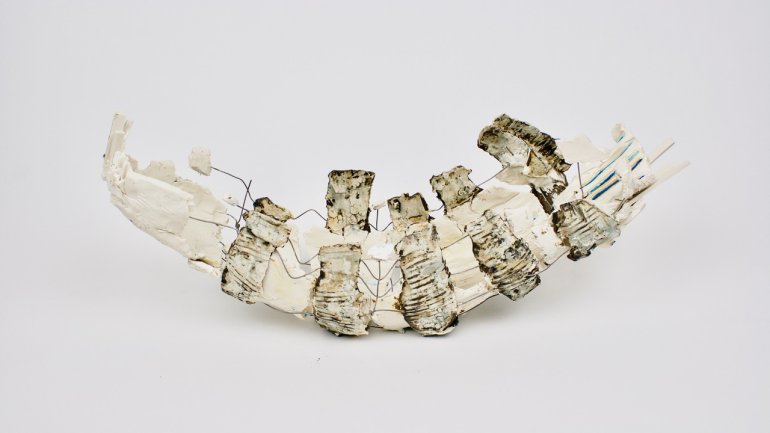Library Salon Series: Q&A with Ani Kasten
We are excited to kick off our spring Library Salon Series lineup with a conversation with Minnesota potter Ani Kasten. Kasten is a recent transplant to the Twin Cities, and she's one of the latest potters included as a host of the St. Croix Valley Pottery Tour that takes place over Mother’s Day weekend in May. Join us on March 14 to hear more about her journey as a ceramist and her move to Minnesota. For now, we were able to connect with Kasten to see what she’s excited about sharing.
Tell us a little bit about yourself and your background.
I was born and grew up on Nantucket Island, close to the ocean, which was a formative part of my upbringing. The move to Minnesota was very natural because of the close proximity to so many bodies of water. My family is also Scandinavian, so Minnesota feels like home. My parents are creative people, and my father is a textile artist who has been producing handwoven, custom textile work for more than 40 years. Growing up, I was very close to my father, and I share his aesthetic – an attraction to subtle colors, patterns, and texture, which translates easily to ceramics. I majored in English in college at the University of Michigan, and had no formal training as a ceramic artist other than a one-year apprenticeship after college with Rupert Spira, a studio potter in England.

What drew you to clay as a medium? Is there a particular process in ceramics that you enjoy?
I was drawn to clay directly through my apprentice experience with Spira and through my appreciation and study of ceramists and their work. I find Spira’s work so appealing due to his minimal aesthetic – his pieces are wheel-thrown, and very thin-walled, but are impressively large in scale. He came from the lineage of Bernard Leach and Lucie Rie, and was a student of Michael Cardew. It was British studio ceramics that first attracted me to clay, and I love this tradition still. Many of my forms are influenced by British ceramists, especially Lucie Rie and Hans Coper. I love to use the wheel and then depart from there.
Your practice appears to balance between functional and sculptural forms. How do the themes of your work play out in both areas?
I don’t like the repetition of making functional work. Many of my forms are still grounded in vessel work, and have a "hereditary memory" of utilitarian pieces, but have been altered and abstracted. I love objects that are familiar in a subtle sense and appear to have had some purpose, which has been obscured by weathering and passing time. My methods are wheel-throwing, hand-building, and some press molds. I like to use all of these in combination to create freshness in my work. I want to be doing something different every day, challenging and pushing myself and my medium.
What are you working on now? Any exciting plans coming up?
As a full-time artist, I never stop working. My time is split between dreaming up new projects to keep my work evolving in new directions and meeting deadlines with my established work. I am still somewhat in the process of getting my studio up and running in my new space in Minnesota, so I am looking forward to acquiring another kiln, and perhaps branching out into some different types of firing now that I have more space. My local and available materials are what drive my explorations in my work, so I am finding my way through what is at hand and nearby. Minnesota is a wide new world of ceramic materials to be experimented with, and I am loving the new colors and variety I see around me in my new home. I am working on sculptures and vessels that incorporate my ceramic pieces with found pieces of wood or metal or rock that present themselves to me on my walks through the prairie and woods and by the river. The inspiration is limitless.


